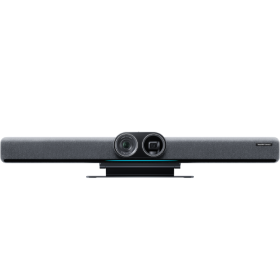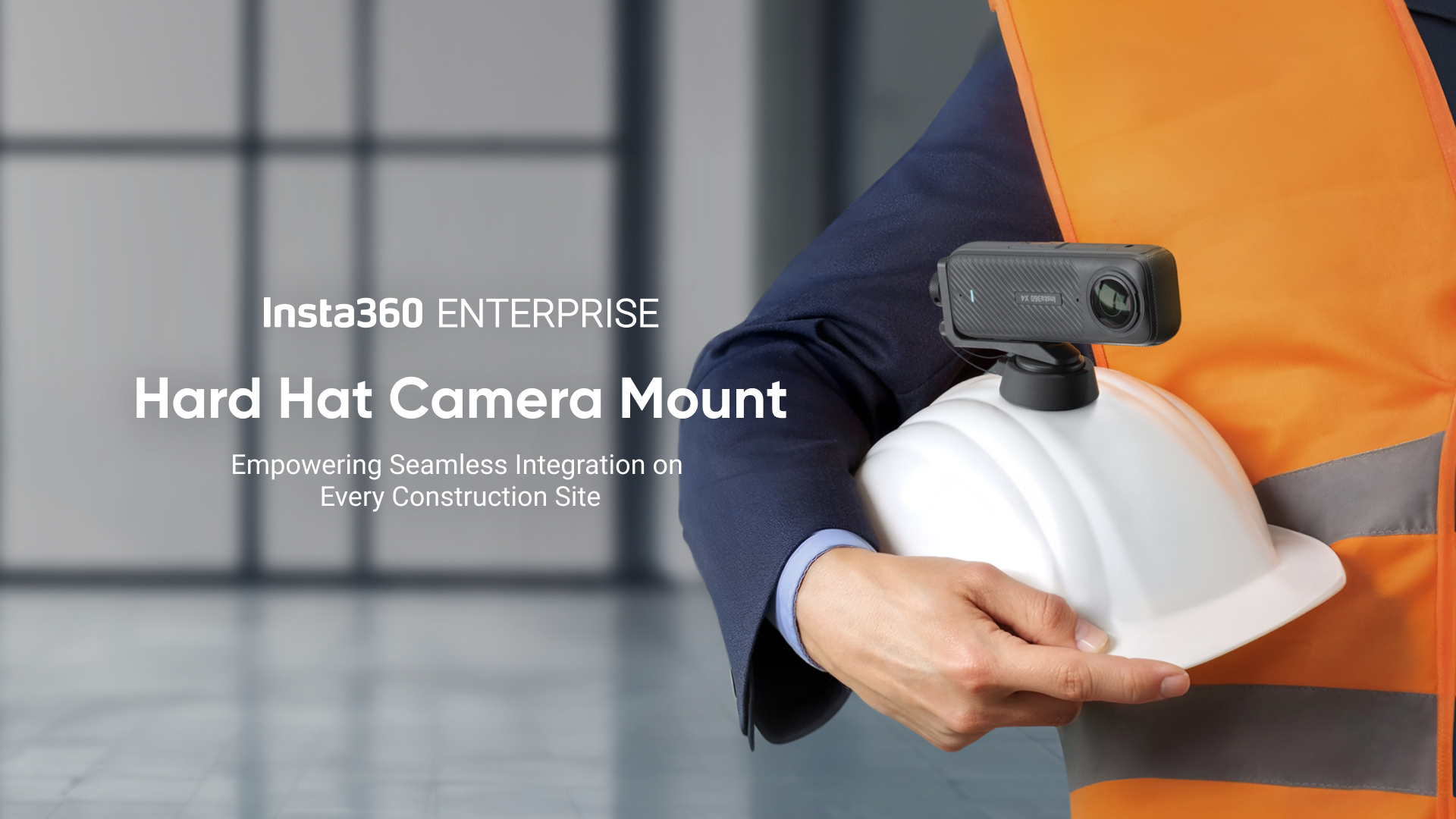Approximately 795,000 people suffer a stroke every year in the United States alone. Stroke, along with other kinds of neurological and physical trauma, can lead to life-altering long-term disability.
We sat down with Dr. Charo Ortin, CEO and founder of Foren Project, who has championed virtual reality rehabilitation to aid recovery from such traumas. The Project’s patented VR tool is now used in more than 10 clinics and is improving the lives of patients all over Europe.
https://www.youtube.com/watch?v=GNS3N7bDNGE *Tap CC to turn subtitles on/off*
A groundbreaking neurorehabilitation project
Founded in Spain in 2018, Foren Project’s aim is to help patients suffering from severe or prolonged immobility. “ICU patients, patients immobilized by surgeries or burns, patients suffering neurological traumas like stroke, patients with spinal cord injuries and patients with severe pain—they should all start rehabilitation as soon as possible, but the lack of mobility or the amount of pain makes it very difficult,” Ortin explains. “Too often, rehabilitation is delivered too late, or not at all.”
The positive impact that [VR] can have on rehabilitation is indisputable. We have focused on motor rehabilitation, but the alternatives are endless.Dr Charo Ortin
Alongside her team of medical and videography professionals, Ortin came up with an innovative solution. “We designed and developed a unique virtual reality rehabilitation tool to improve patient outcomes. The patient simply watches a set of recorded exercises on a VR headset while trying to imitate them. Therapists see from the first day how motor control is different through our solution—clinical signs of improvement are immediately recognizable.”
The science behind the idea
Treatment begins when the patient puts on a virtual reality headset. In the headset, they can see what appears to be their own body in the exact same room that they are currently in. They see “their” body performing different movements. The body, however, is not their own, but a pre-recording of someone else performing the actions.
The purpose of this treatment, says Ortin, is to excite a specific group of neurons in the brain, called mirror neurons. “Mirror neurons contribute to the neurological growth of the motor system. They are triggered by imitation. The observation of movements through immersive VR headsets excites the mirror neuron system. Seeing the movements and attempting to copy them triggers the neurons to start reconnecting. Once excited, the neurons activate target motor units, relieving pain and helping prevent atrophy.”
For many patients, performing traditionally prescribed exercises is too painful or even impossible due to immobility. However, with a good simulation, the mirror neurons can become excited even if the patient can’t actually do the movements. Virtual reality rehabilitation makes rehabilitation possible where before it wasn’t.
·· FOREN METHOD REACTIONS ·· from Foren Project on Vimeo.
Ortin continues: “For the mirror neurons to be completely excited, it’s critical for the patient to have a fully realistic experience. Anything less means the brain realizes the deception and enters an observational state, which barely excites the neurons. Our tool cheats the brain into thinking it is the one performing the observed movements, even if the patient isn’t moving at all. The virtual reality experience can also be combined with electrostimulation delivered by a therapist for a comprehensive treatment.”
Creating a true-to-life virtual “reality”
“Our patented system ensures that a patient sees an identical environment before and after putting on a VR headset.” Exercises are first shot in a green-screen room, by both male and female actors. The team then shoots the empty rehabilitation room in the specific hospital or clinic that wants to use the tool.
At first, Foren Project’s recording set-up involved using two 8mm fisheye lens DSLR cameras. Like this, though, recording and post-production was extremely time-consuming. After deciding a fresh approach was necessary, the team turned to the Insta360 Pro 2 with two key factors in mind: “Performance and price.”
Pro 2, an 8K professional VR camera, achieves an impressive congruence in recording. The immersiveness is evident in the Project’s research, showing the brain “positively receiving the sensation of space and volume” when watching VR footage shot with the camera. “The quality of the recording achieved with Pro 2 was by far the best of all the cameras we tested,”says Ortin. This positive signal reception in the brain is vital to the tool’s success.
As well as capturing an incredibly true-to-life recording, Pro 2’s design has also made shooting much more straightforward. “It’s important to have a relatively small camera so we can record very close to the body of the actor,” Ortin explains. What’s more, “being able to visualize what we are recording live on a tablet with Pro 2’s Farsight system has made our work much easier. Being able to connect the camera to the mains so it never runs out of battery is also very important during our long shooting sessions.”
Using Pro 2 with the Mistika VR editing suite, it became easy to combine footage of the exercises and the empty rehabilitation rooms to create a convincing “reality”. “Today, 100% of the commercial work we produce is created with the amazing Pro 2,” Ortin adds.
· MÉTODO FOREN · NEUROREHABILITACIÓN POST-COVID19 from Foren Project on Vimeo.
Virtual reality rehabilitation benefits patients and healthcare teams
When it comes to the use of VR in her field, Dr Ortin is certain: “The positive impact that it can have on rehabilitation is indisputable. We have focused on motor rehabilitation, but the alternatives are endless. There is a lot of evidence in favor of VR as a powerful tool to face painful, traumatic or monotonous care situations. There’s also lots of evidence on the contribution of VR to the decrease in the abandonment of rehabilitation therapies. In general, you could say that VR helps the brain in healing processes where the brain itself has limits.”
As for Foren Project, “studies show our solution reduces recovery time, prevents atrophy and builds muscle strength. Virtual reality rehabilitation also normalizes sensitivity, it increases motivation and reduces the chance of complications and chronification. This is not only great for the patient, but also for the healthcare system.”
“Our tool does a lot of good,” Ortin concludes. “That’s why we are so motivated by this project—it helps the people and it helps the healthcare teams. It’s an honor to participate in this ‘fight against disease’ and to help people who are suffering.”
Keen to keep up to date on Insta360 stories? Keep an eye on our blog and sign up for our mailing list. You can also contact our Enterprise team directly to see how 360 cameras can benefit your business.





























